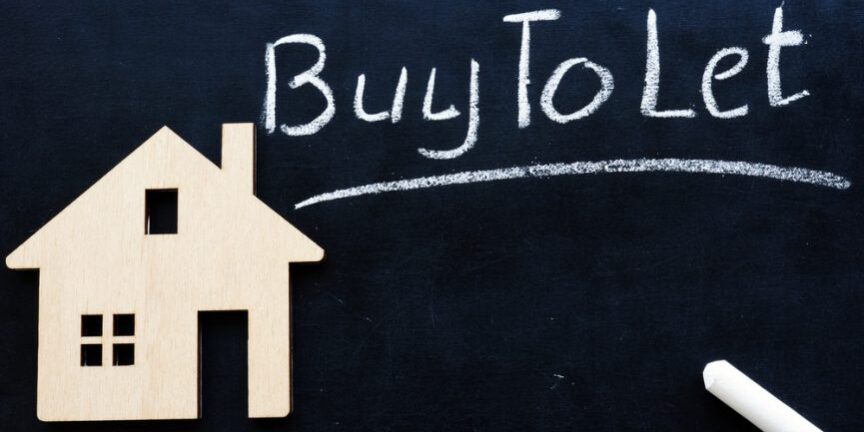2021 proved to be a bumper year for property investors. A number of factors led to an unprecedented 83% rise in the buy-to-let purchase market in 2021 when compared to 2020.
Low mortgage rates for investors, the extension of the Stamp Duty holiday and the simple equation of demand for property rentals outstripping supply all contributed to the increase, but what’s in store for 2022 and the buy-to-let market?
The good news is that buy-to-let mortgage rates are set to continue being low, making property investment an attractive proposition for those looking to make a good return on their investment. The property investment market is seeing a greater number of 60-75 year old’s who want to boost their cash pot with a property portfolio, recognising that the demand for rented accommodation will provide a healthy return.
At the other end of the scale, first time buyers are already thinking ahead and planning on building a property portfolio.
With many office workers now heading back into city centres, post-pandemic, the rise in houses of multiple occupation (HMOs) and multi-unit blocks (MUBs) are an affordable solution for many renters.
The primary frustration for property investors is the lack of property available on the market to buy. As of October 2021, the average number of properties for sale was just 21 per estate agent. At the height of the 2004 housing market boom this figure stood at 52 properties per agent.
With the Government working towards a net zero carbon emissions target by 2050, industry experts are predicting that Energy Performance Certificates (EPCs) will play a major role in the rental market in 2022.
It’s widely expected that the Government will increase EPC requirements for property rentals in England and Wales to a C rating by 2025 for all new tenancies, with existing tenancies following behind by 2028.
Energy efficiency measures are expected to be announced for Scotland in the proposed Housing Bill. May 2022 sees the Private Tenancies Bill being passed in Northern Ireland and is also widely predicted to include energy efficiency obligations for landlords to adhere to.
At the time of writing, approximately 66% of private rental homes have an energy rating of D or lower. This equates to around 3.2 million privately rented properties in England and Wales needing work doing on them to bring them in line with the Government’s targets.
But it’s not all doom and gloom. Providing your investment property meets all of the requirements, some lenders are offering favorable rates for ‘green mortgages.’ This in itself is proving to be a great incentive to investors to purchase an energy efficient (green) property, or to renovate an older one.
If you’re considering building a property portfolio, the top ten prime locations as of December 2021 are:
- Bristol
- Oxford
- Cambridge
- Birmingham
- Manchester
- London
- Northampton
- Brighton
- Reading
- Norwich
With the average rental yield currently standing at 3% for the majority of the UK (although some areas including Liverpool, Glasgow and Leicester are seeing returns as high as 8%) investing in property can prove to be an effective way to get your money to work harder for you.
With investment opportunities starting at just £75,000 Edifice Invest would be happy to guide you through the process of buying a BTL property.










